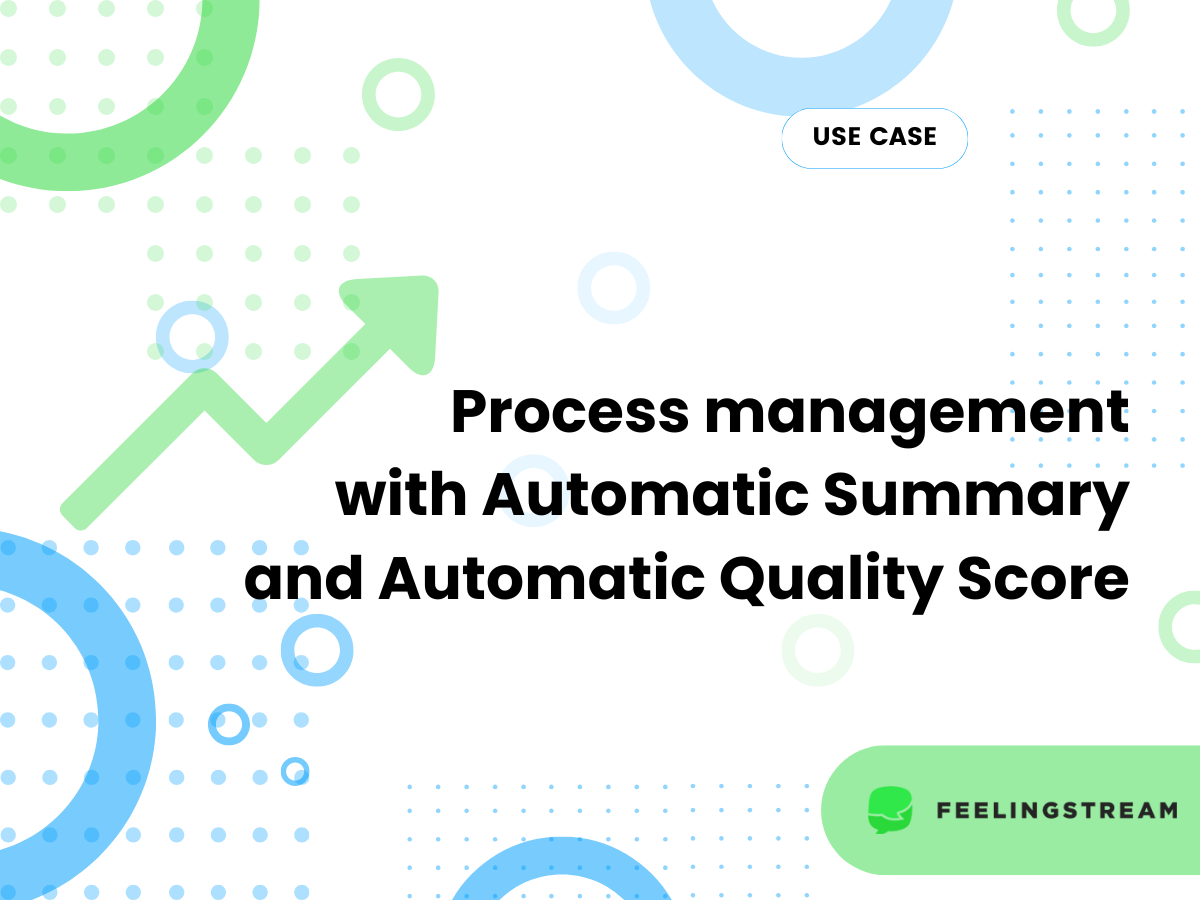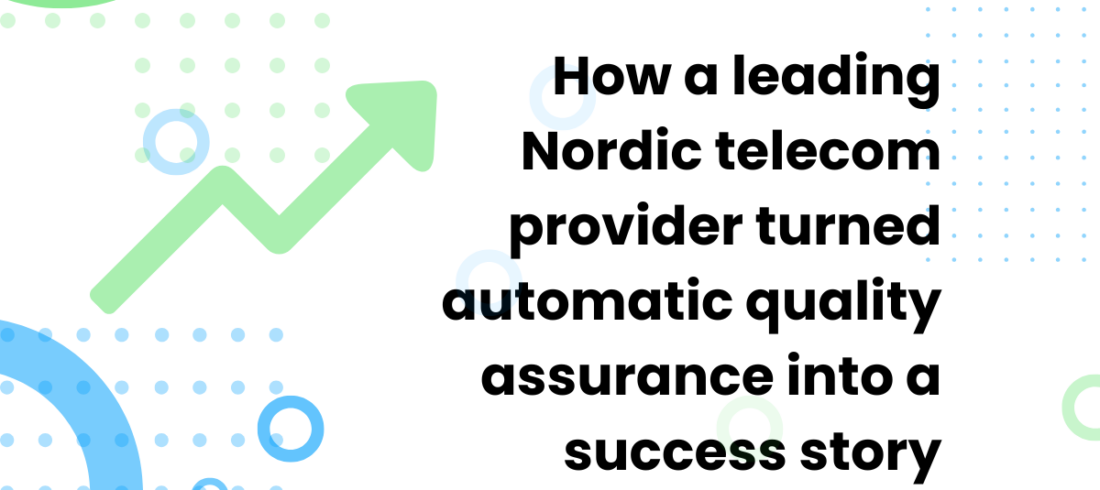We have implemented gen-AI-based solutions of Automatic Summary and Automatic Quality Score with our customers and can see how much impact each of them has on cost-cutting and the efficiency of daily processes within customer service. Combining them is where we can make a big change in process management. In this article, we’ll delve into how these new features can help raise the First Call Resolution rate, reducing the number of repetitive calls, and cutting overall costs.
Reasons behind the calls from Automatic Summary
When creating the Automatic Summary, we generate textual summaries for the conversations. Additionally, the reasons behind the calls are also divided into reason categories. We design these categories specifically based on the content of conversations.
With the help of the reason category evaluation across calls, product and process owners can see further into the conversations. They can filter out the specific conversations that are relevant to their role or are interesting for analysis, as needed.

Issue resolution assessment from Automatic Quality Score
With the Automatic Quality Score solution, we look into the flow of the conversation. A very big and important part of the conversation is resolving the call. From the past, we have learned that receiving a solution for their issue is the most impactful component of a customer’s experience. This is why information about resolution is invaluable.
When assessing problem-solving, we give each conversation a ranking. We give a point for solving the issue (good result), half a point for somewhat solving the issue (something yet to be done) and no points if the issue is not solved.
Users can filter calls based on this information to see issues that are resolved, somewhat resolved, or not resolved.
Why are customer issues not solved?
If the issue has not been solved within a call, we have another assessment for why. We categorise the reasons for not solving the customer issues within the conversations.
What we have found is that sometimes there was more that the Agent could have done, and the issue may have been solvable had the Agent received more training. Other times, there was an issue with the process or product, which was out of the Agent’s hands. This is the type of information that is useful for product and process management and prioritisation.

How to use these AI-based tools for process management?
By implementing Automatic Summary and Automatic Quality Score on customer conversations, the users can filter out the conversations that are not solved and aggregate them by the reason categories and/or reasons for not solving the issues.
From our experience thus far, a major reason for not solving customer issues is not addressing them fully or confirming the resolution with the customer during phone calls. Partially resolved issues will most likely result in repetitive calls. This means a lower First Call Resolution (FCR) rate and more costs.
With our solutions, we can see which are the calls we are better at solving:

And which we’re not as great at (yet):

We can also combine the top reasons for calls and reasons for not solving them:

One thing we recommend doing in order to measure the impact of each issue is to look at the volume of calls a specific issue creates. You can do this by the count of calls or even better, the total duration of those calls. Next, the user can compare it to the development cost, creating a system for prioritisation. They can calculate the cost that the issue creates via contacts and estimate the cost to fix it. Prioritisation becomes much easier with this data.

Obviously, it is important to look further into the calls themselves. This will help clarify which specific processes are impacted and where exactly changes could be made.

What’s the impact of process management with these tools?
Every process that you end up improving by making changes after analysing existing and current data is very likely to save time and money down the line. Resolving issues faster will also increase customer satisfaction. A company in Scandinavia that handles 30,000 customer service calls each month could save over 20,000 euros by improving its First Call Resolution (FCR) rate by 5%.
If you’d like to find out more about these tools, please check out our blog for other related articles. If you’d like to see a demo or have a quick call to ask more questions, get in touch.




